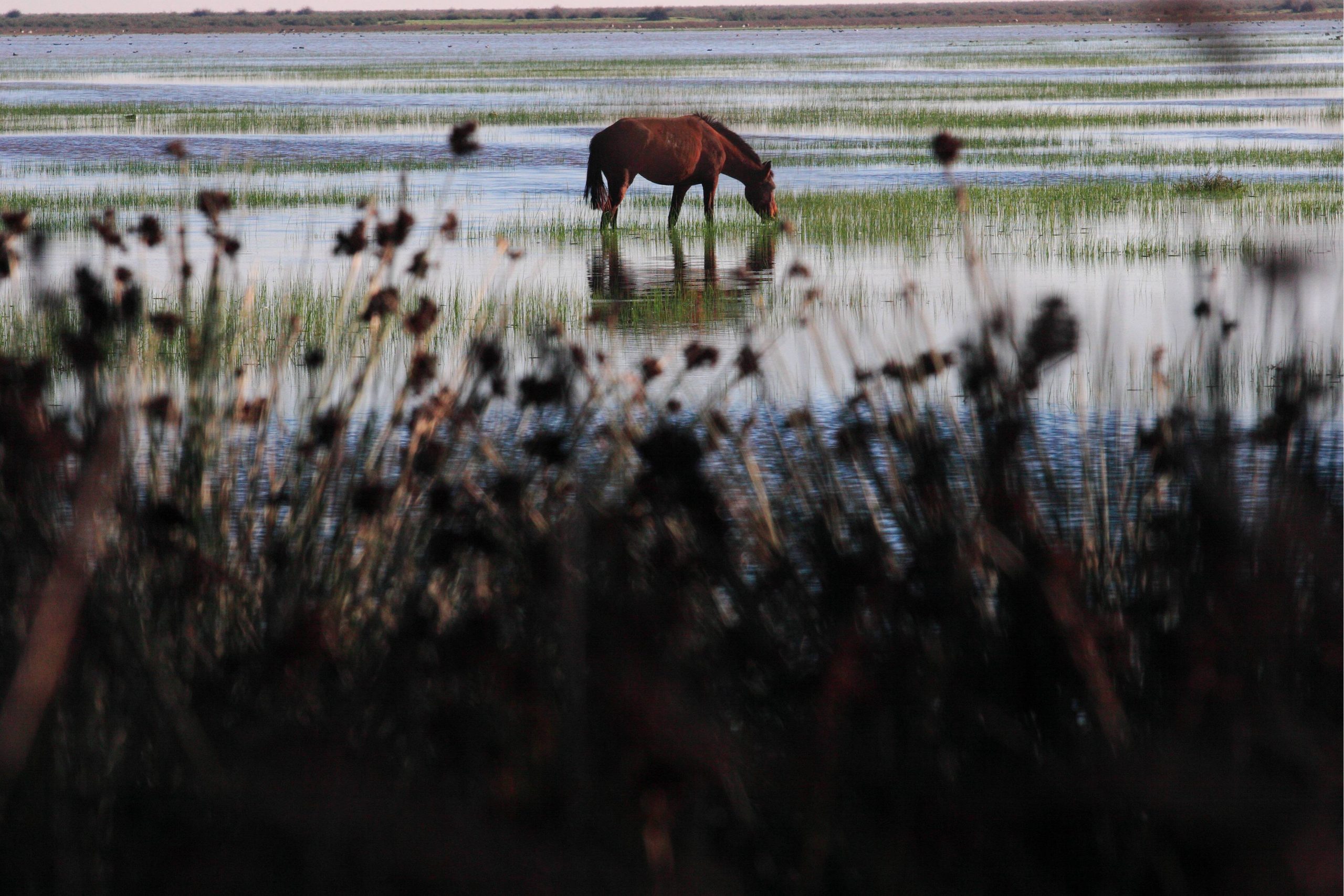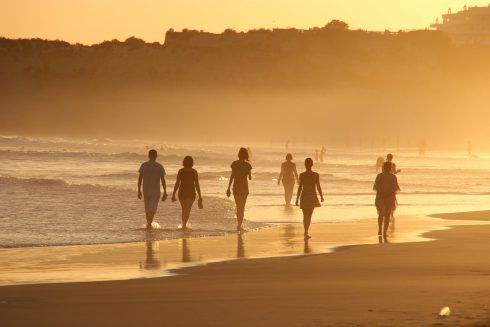THE largest lagoon in Spain’s Huelva region, situated within the Doñana Natural Park, faces the ominous prospect of drying up for the second consecutive year.
Concerns have been raised by environmental experts at the Doñana Biological Station (EBD-CSIC), who have predicted that, within a mere 20 days, the lagoon named Santa Olalla will experience complete desiccation.
This alarming development highlights the severity of the crisis plaguing Doñana’s crucial lagunar system.
Santa Olalla, once considered a permanent lagoon sustained by groundwater from the aquifer, now faces the risk of complete drying, marking a second consecutive year of such an event.
While Santa Olalla had encountered complete desiccation twice before, the extent and duration of the extreme drought it faced in 2022 were unparalleled in its history and this year indicates that the scenario will repeat, and what’s more concerning is that the lagoon will dry up even earlier than last year.
The predicament underscores the pressing challenges posed by drought and overexploitation of the underlying aquifer’s water on Doñana’s lagunar system.
To monitor the situation closely, the ICTS-Doñana Biological Reserve has installed a camera in the region of the basin that previously dried up last year. This continuous monitoring aims to provide valuable insights into the lagoon’s condition during this critical period. The live feed can be accessed by the public through their website: http://icts.ebd.csic.es/cameras.
Many of Doñana’s lagoons are now overrun with pine trees and shrubs, a visible testament to their irreversible decline. For Santa Olalla, satellite imagery confirms that the terrestrial vegetation has already begun to reclaim the once-thriving water body, painting a bleak picture for its future.
Santa Olalla’s precarious condition serves as a stark reminder of the urgent need to address the threats posed by climate change and human activities to safeguard Doñana’s ecological balance and preserve its unique natural heritage for future generations.
READ MORE:
- Toxic spill bill: Junta to sue Boliden for €90m over 1988 contamination of Doñana
- Experts slam Doñana’s new plan to grant watering rights to farmers











